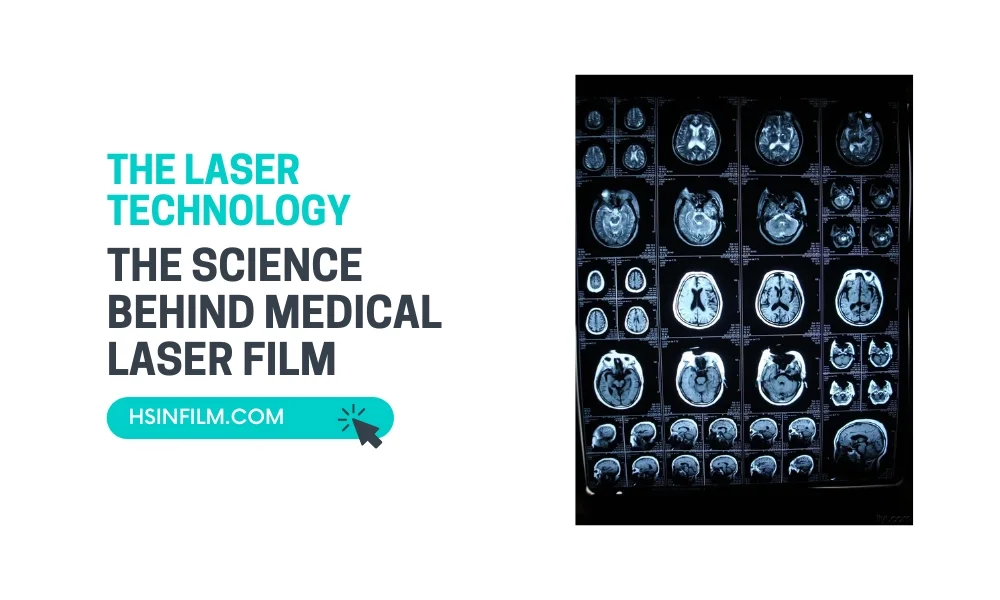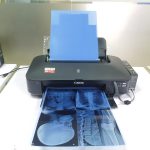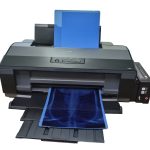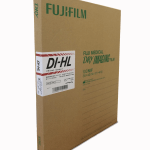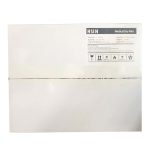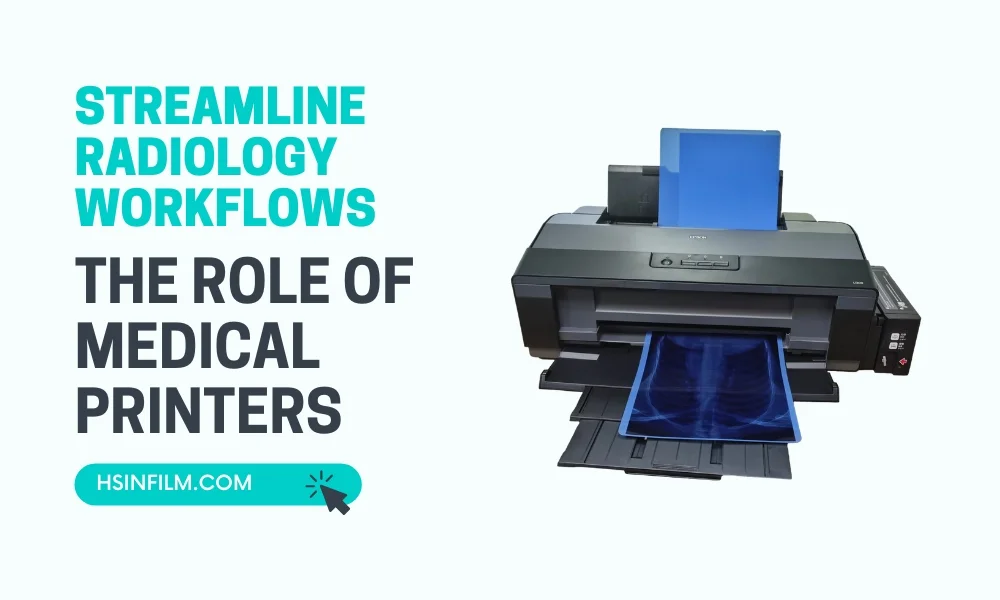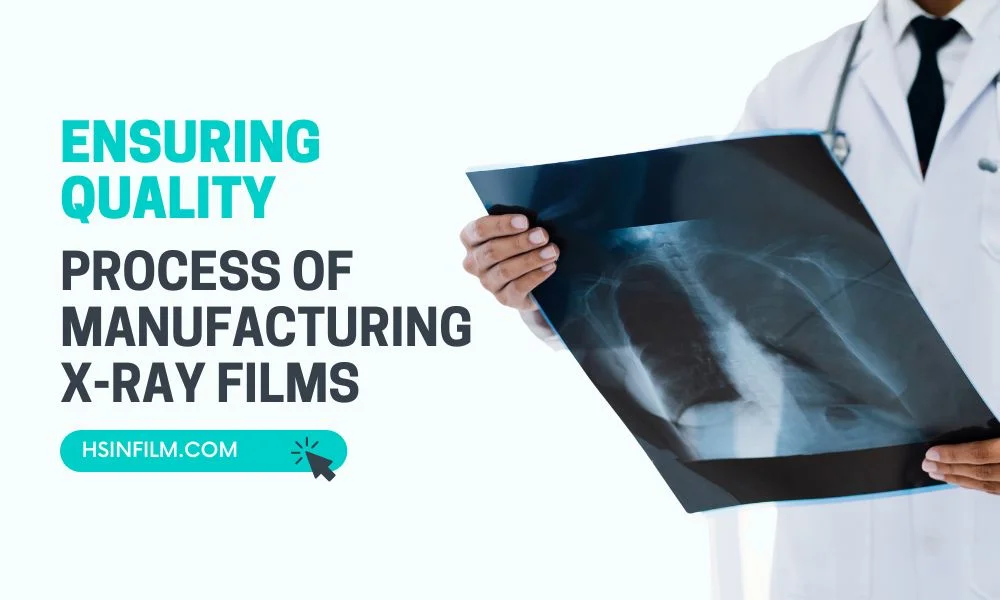Imagine misdiagnosing a patient due to a blurry or imprecise image. The results could be catastrophic. But what if I told you there’s a technology that takes precision to the next level? Enter the fascinating world of the science behind medical laser film. This advancement has revolutionized the way we see the human body. But how does it work? Let’s delve deeper.
Table of Contents: Science Behind Medical Laser Film
Medical Laser Film: A Brief Overview
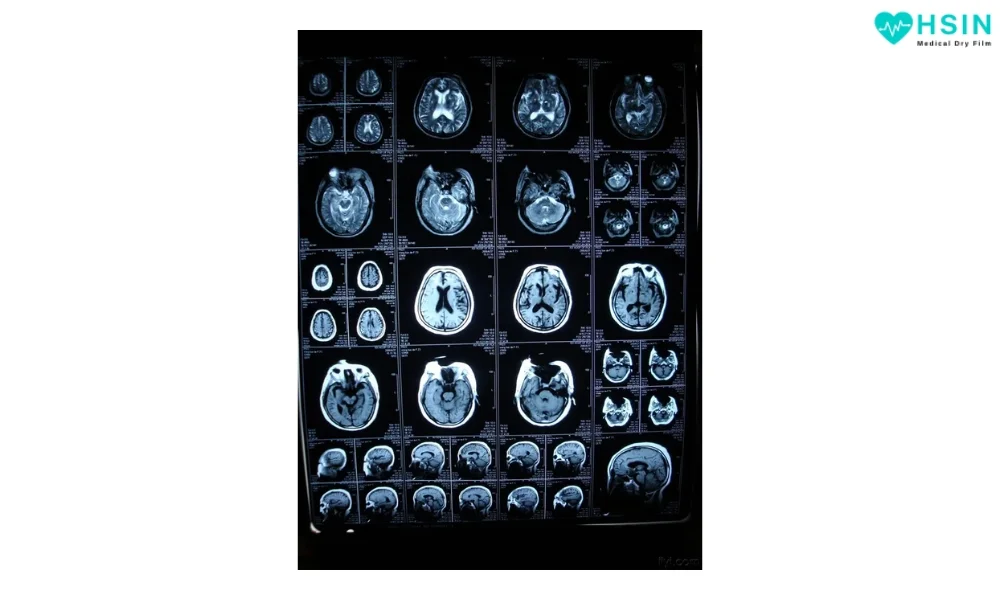
At its core, medical laser film is a high-resolution, light-sensitive material specifically designed to interact with laser light. Remember the old-school films used in cameras? Think of this as its highly sophisticated sibling. Unlike traditional films that rely on chemical reactions with light, laser films capitalize on the accuracy and precision of lasers to create incredibly detailed images.
Laser Technology: An Overview
Lasers have been around since the 1960s, but what are they exactly? Without getting lost in the realm of physics, lasers emit light through a process of optical amplification. This emitted light is highly focused, allowing it to create detailed marks on surfaces, including our medical laser film. Different types of lasers, such as diodes or gas lasers, play unique roles in medical imaging. But how do these lasers make such precise images?
Interaction of Laser with the Film
Ah, the moment of magic! When the laser meets film. But how does this dance unfold? Lasers emit light, activating the film’s chemicals, and bringing an image to life. Much like how sunlight develops photographs. Remember the good old Polaroid days? Similar idea, but vastly more intricate. The wavelength, the intensity—all matter. It’s like tuning a guitar to perfection. Only here, it’s about capturing microscopic details.
Advantages of Using Laser Film in Medical Imaging
- High-Resolution Images: Offers unmatched clarity.
- Quick Processing Time: Time is often of the essence in medical settings.
- Stability: The images are less prone to degradation over time.
The Magic of Detail: How Precision is Achieved
Here’s where the real science behind medical laser film shines. Thanks to the film’s sensitivity to laser wavelengths, it can capture minute details. Imagine trying to sketch on a canvas with a thick paintbrush versus a fine-tipped pen. The laser film acts as that fine-tipped pen, allowing clinicians to see with unparalleled clarity.
Factors Enhancing Precision
For this process to work at its peak, several factors come into play:
- Controlled Laser Intensity: Too much or too little light can affect image quality.
- Film Sensitivity: Different films are designed for various laser outputs.
- Environment: Factors like temperature and humidity can influence the outcome.
Applications in Modern Medicine
Move over to radiology, laser films are here to revolutionize! From unmasking mysteries of the heart in cardiology to unveiling skin’s deepest secrets in dermatology, this is the tech that’s setting medical journals ablaze.
Challenges and Considerations
While the benefits are plenty, there are challenges. Calibrating lasers, ensuring film quality, and staying updated with rapid advancements can be daunting. But the rewards? Well worth the effort.
Comparative Analysis: Medical Laser Film vs. Digital Imaging
| Feature | Medical Laser Film | Digital Imaging |
|---|---|---|
| Image Clarity | High | Varies |
| Processing Time | Immediate to short | Almost instant |
| Cost-Effectiveness | Moderate to high | Low to moderate |
| Accessibility | Specialized settings | Widespread |
Future Innovations: What’s on the Horizon for Medical Laser Film Technology?
As technology advances, so will the applications and capabilities of medical laser film. Integrations with AI, potential mergers with digital technologies, and even more advanced lasers could redefine medical imaging’s landscape.
Conclusion
The science behind medical laser film is indeed a marvel. Its unmatched precision, combined with the elegance of laser technology, holds the promise of even greater medical breakthroughs. After all, seeing clearer means understanding better, doesn’t it?
FAQs
Q: What differentiates medical laser film from traditional X-ray films?
A: In essence, it’s about clarity and precision. Traditional films serve their purpose, but medical laser films push boundaries, offering unparalleled image quality.
Q: How safe are these laser films?
A: With reduced radiation exposure and faster imaging times, they’re arguably safer than their predecessors. However, like any medical procedure, there are inherent risks.
Q: Are laser films expensive?
A: While initially pricier, the benefits—swift results, clearer images—often outweigh the costs in the long run, leading to accurate and timely diagnoses.
Q: Why is laser technology preferred over traditional methods in some medical imaging procedures?
A: The precision, clarity, and rapid processing time offered by laser technology make it a preferred choice for many.
Q: Are there any risks associated with using laser films?
A: While the imaging process is safe, standard precautions around laser machinery should be maintained.
Q: How is the longevity of images on laser film compared to traditional film?
A: Laser film images tend to be more stable and last longer without degradation compared to their traditional counterparts.
In essence, the science behind medical laser film is a blend of advanced technology and sheer innovation, ensuring medical professionals have the best tools at their disposal.
